If you have a gravel bike or you are considering buying one, you have probably heard that it is the most versatile bike, a sort of two-wheeled Swiss army knife, suitable for all types of terrain. And it’s true, versatility is its great asset because you can easily ride both where a road bike and a full-suspension mountain bike go. But (there’s always a ‘but’) that versatility is also its great flaw. Following the analogy above, try cutting sliced bread with a Swiss Army knife and you’ll see how messy it gets. Fortunately, the success of gravel has led tire manufacturers to expand their range of models to improve performance depending on the surface. To choose the right one, ask yourself four questions:
- What is the off-road/on-road ratio of the terrain you will be riding on?
- How difficult is the off-road terrain?
- What is your riding style like?
- Can I put any tires on my gravel bike?
Type of terrain and off-road/on-road ratio
To be clear, let’s use a scale from 1 to 10, where 1 is 100% paved, asphalt surface for a road bike and 10 is a 100% mountain bike terrain for a full-suspension MTB.
| TYPE OF TERRAIN | WHAT MATTERS MOST | TIRE SIZE | PATTERN | TUBELESS | |
| 1 | Asphalt in good condition | Rolling resistance | 700×25 | Slick | Not required |
| 2 | Asphalt with many potholes | Rolling resistance and damping | 700cx25 700cx28 | Slick | Not required |
| 3 | Rough paved roads | Rolling resistance and damping | 700cx28 700cx30 | Slick | Not required |
| 4 | Cobblestones | Damping and rolling resistance | 700cx30 700cx32 | Slick | Recommended |
| 5 | Compact dirt roads with gravel | Rolling resistance and damping | From 700cx30 to 700cx34 | Semi Slick | Recommended |
| 6 | Hard-surface trails with small stones | Rolling resistance, damping and grip | From 700cx32 to 700cx40 | Semi Slick center tread, lugged low-depth cornering tread | Required |
| 7 | Loose-surface trails with bigger stones | Damping, grip and rolling resistance | From 700cx35 to 700cx40 | Low-depth tightly packed lugged tread | Required |
| 8 | Trails for 4×4 vehicles | Damping, grip and rolling resistance | Over 700cx38 | Medium-depth lugged center tread, and high-depth cornering tread | Required |
| 9 | Singletrack | Damping and grip | Over 700cx40 or 650b with 45-47 width | Medium-depth lugged center tread, and high-depth cornering tread | Required |
| 10 | Rock Gardens, roots | Damping and grip | Over 700cx44 or 650b with 45-47 width | Medium- to high-depth lugged tread | Required |
As you can see, the width increases as the difficulty of the surface increases. The tire is heavier and has more rolling resistance, but going a little slower is better than getting a flat. Also, when using a wider tire you can ride with lower tire pressure, which provides better damping, more comfort and more fun. That’s why at levels 9 and 10 you can choose between 650b and 700. The wheel with a smaller diameter allows you to use bigger tires.
The tread pattern is more or less the same. The looser and more technical the surface, the greater the tread pattern to provide traction and grip. In some circumstances, combining these two features can be advantageous, in other cases quite the opposite. Let’s look at some examples:
- If you ride on paved roads and easy trails (levels 1 to 5-6), use a 700cx32 slick or semi-slick tubeless tire with a slightly lugged cornering tread.

- If you live in a very wet area, you hardly ride on asphalt and the trails are above level 6, opt for at least a 700cx40 tire with high-depth and spaced lugged tread pattern.

- If you are going to use the gravel bike as if it were an MTB, choose a 650b tire with enough width to avoid accidents.
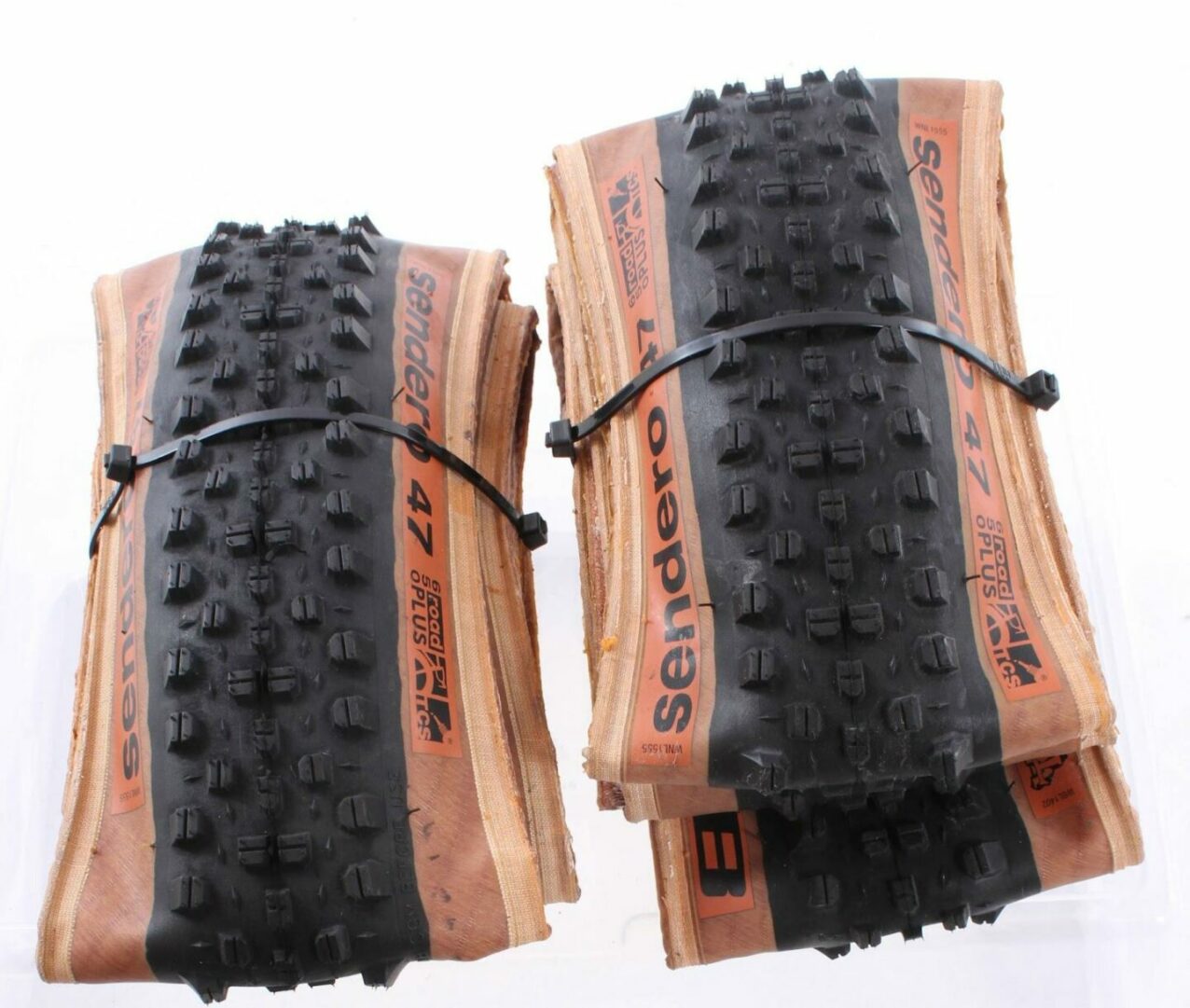
- If the type of terrain you ride on is between level 5 and 8, a 700cx40 tire with low-depth tightly packed lugged tread will provide just enough width and tread pattern.
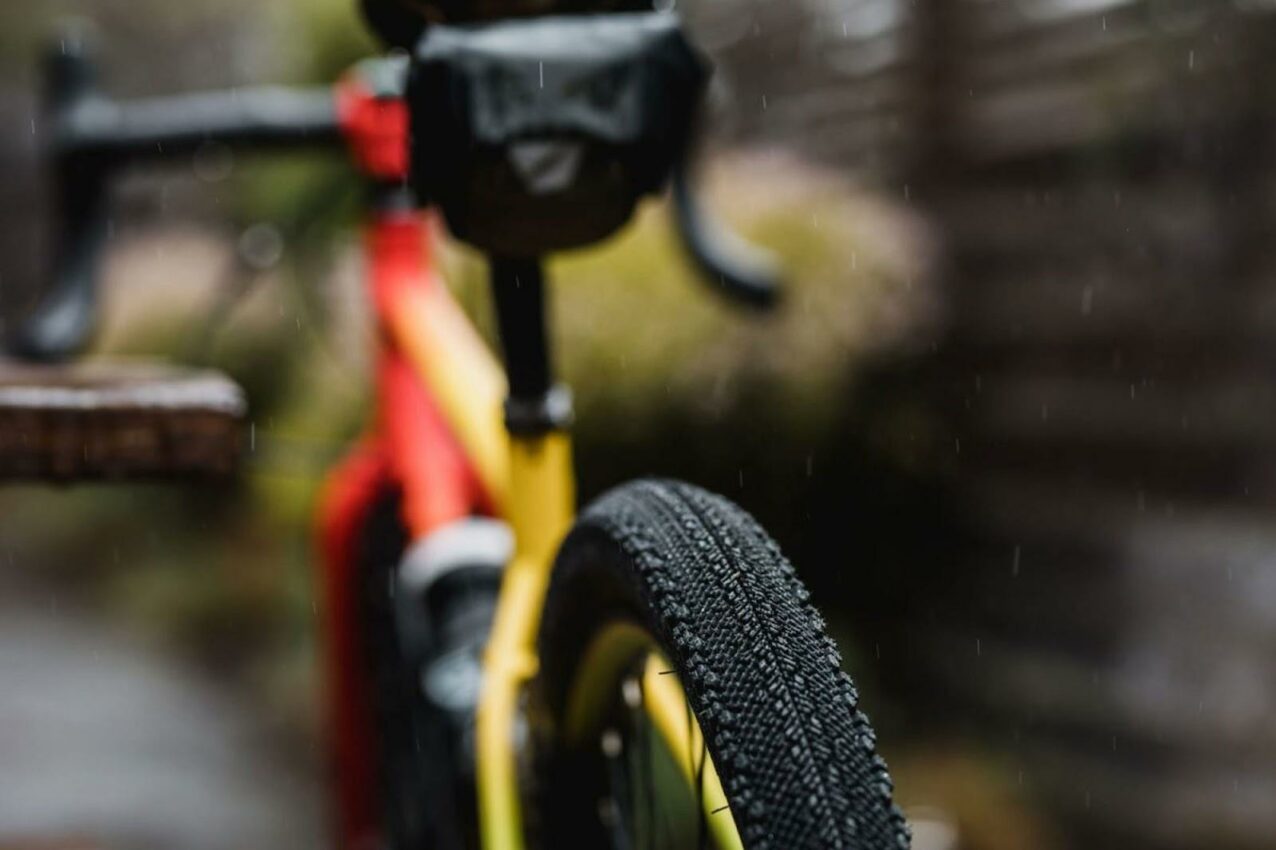
Riding style
Once you know the terrain you’ll be riding on, take into account how fast you want to go, how much experience you have and what technique you are using, because a lot depends on your background discipline.
If you want to ride fast and you have enough technical skills, opt for less width and tread pattern on the tire. If you want to use your gravel bike for bikepacking, aim for comfort and choose more width. If the only loose surface you’re familiar with is your cat’s sandbox, go for more width and a tread pattern well-suited to the terrain.
Size does matter, but know your limits
If you’ve gotten this far, you have pretty much figured out what tire width you need. The problem is that you may not have enough tire clearance on your gravel bike. Generally, newer models do have enough width in the frame (chainstays, seatstays and seat tube) and fork, but before making a purchase, make sure everything fits. Even more so if you’re going for the larger, 650b size.

The same applies to the rim width. If you use very wide tires on narrow rims, the shape of the tire will resemble a light bulb. As a consequence, you will lose traction and cornering stability. Using narrow tires on wide rims, on the other hand, leads to losing shock absorption capacity, increasing the likelihood of damaging the rim or tire sidewalls. You also lose grip when cornering.
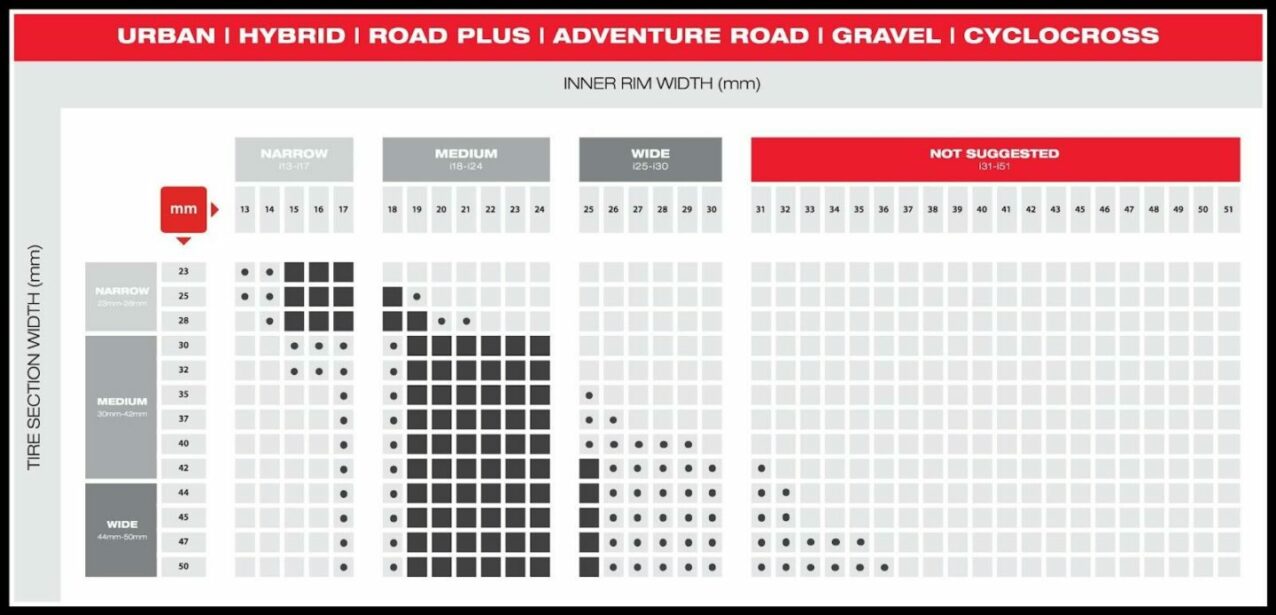
Finally, there are two more important tire features to bear in mind: puncture resistance and TPI.
As a rule of thumb: more rubber and less TPI = less risk of puncture. Many tires also have an extra layer of protection plus you can get specific foam inserts that are placed between the rim and the tire and, although they make your tire heavier, they come in pretty handy on difficult terrain.
Regarding TPI: A high TPI indicates that the casing has more and finer threads per inch, and less rubber. This reduces weight, improves the flexibility of the casing and makes it faster. It also has lower puncture resistance and wears off more quickly. Besides, high-TPI models tend to be more expensive, and therefore not recommended for terrain above level 6 on our scale.
A low TPI indicates fewer, thicker threads and more rubber. That means less flexible, heavier tires with higher rolling resistance. In favor: they are cheaper and more puncture resistant. They are a good choice for difficult terrain (from level 6 and above), but they can be used in all conditions, bearing in mind that versatility has its pros and cons. A versatile tire on a gravel bike allows you to ride almost anywhere, but do not expect reaching the speed of a slick tire on asphalt or the traction of a 2.4″ at low pressure on a muddy trail.
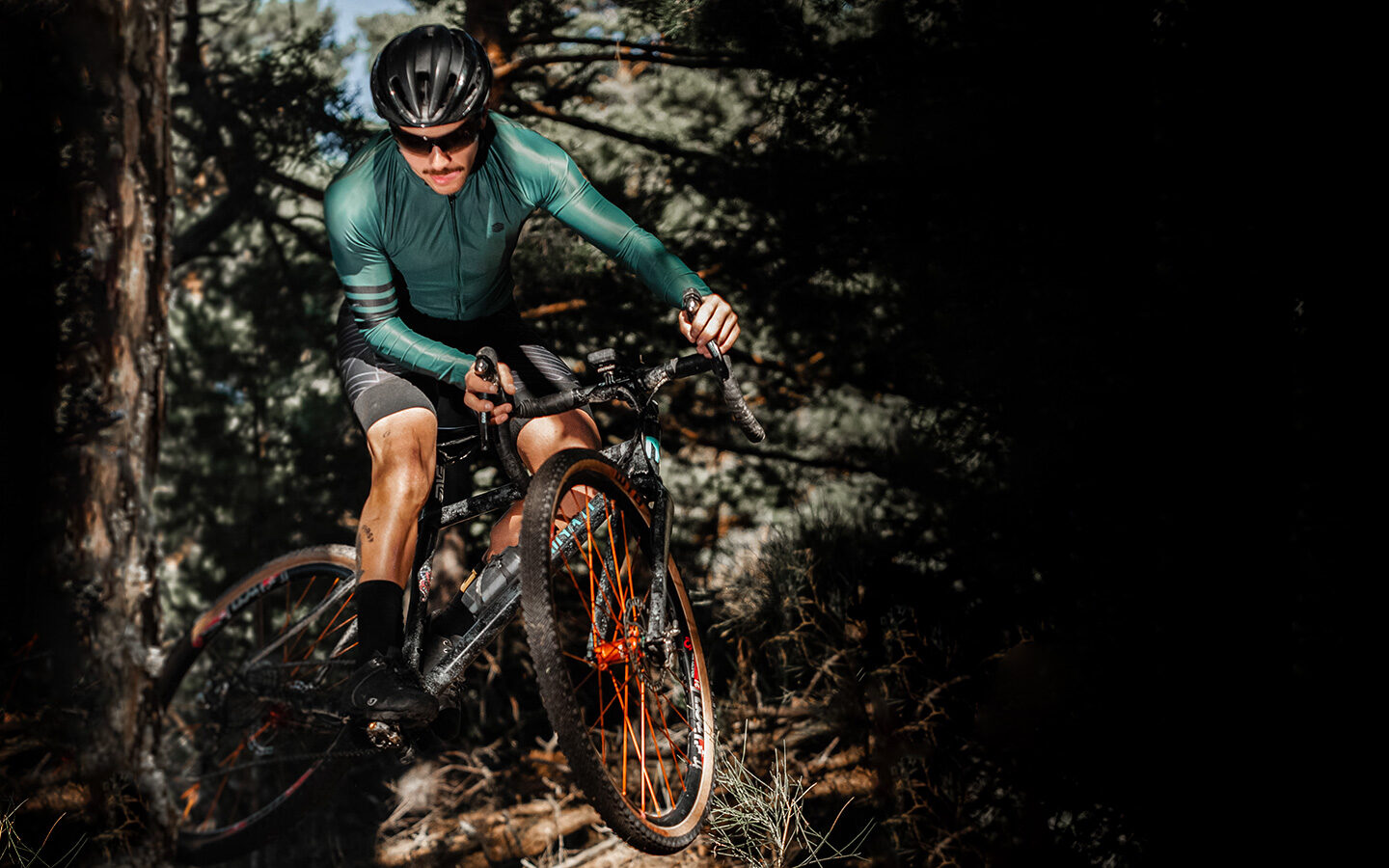
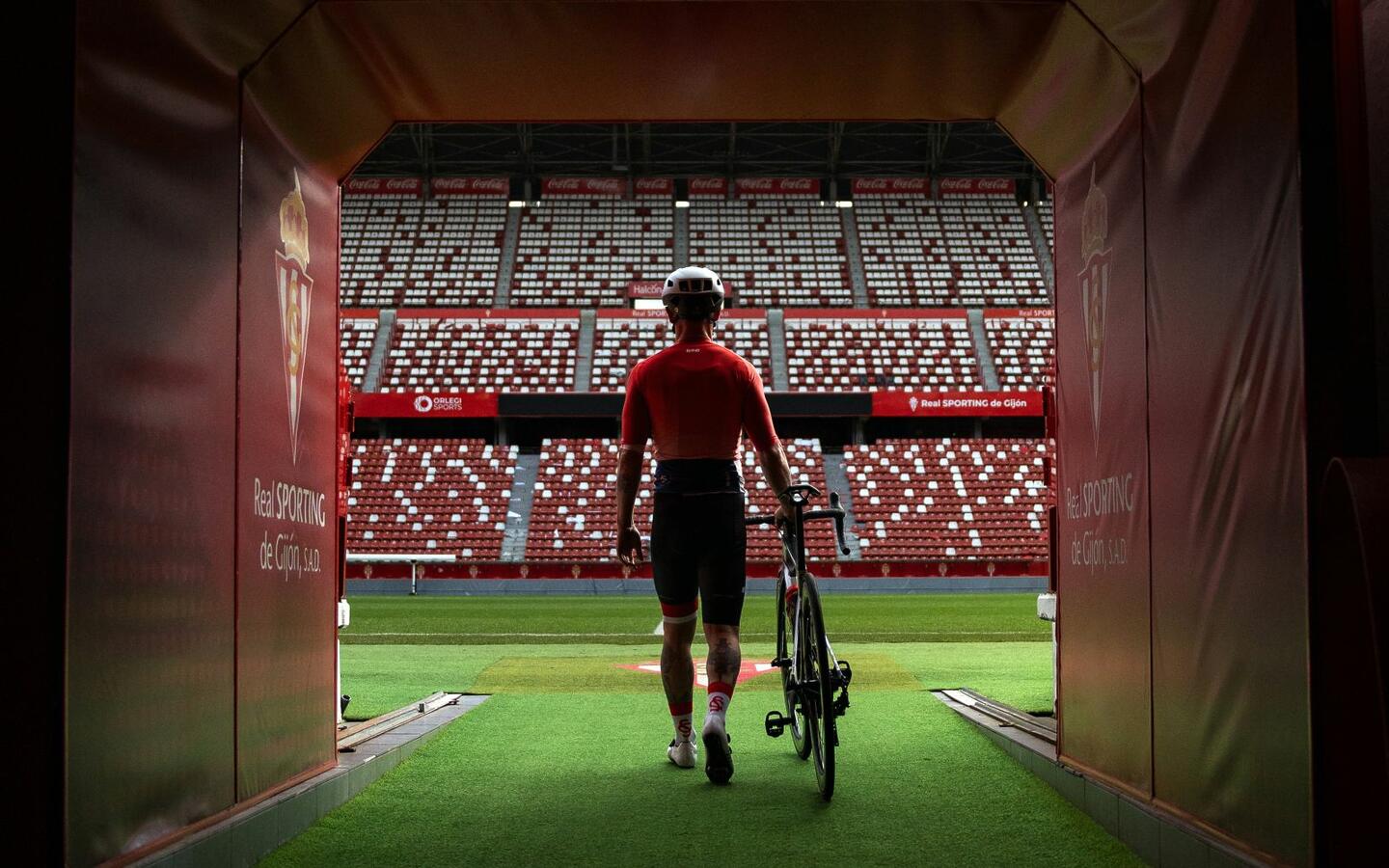

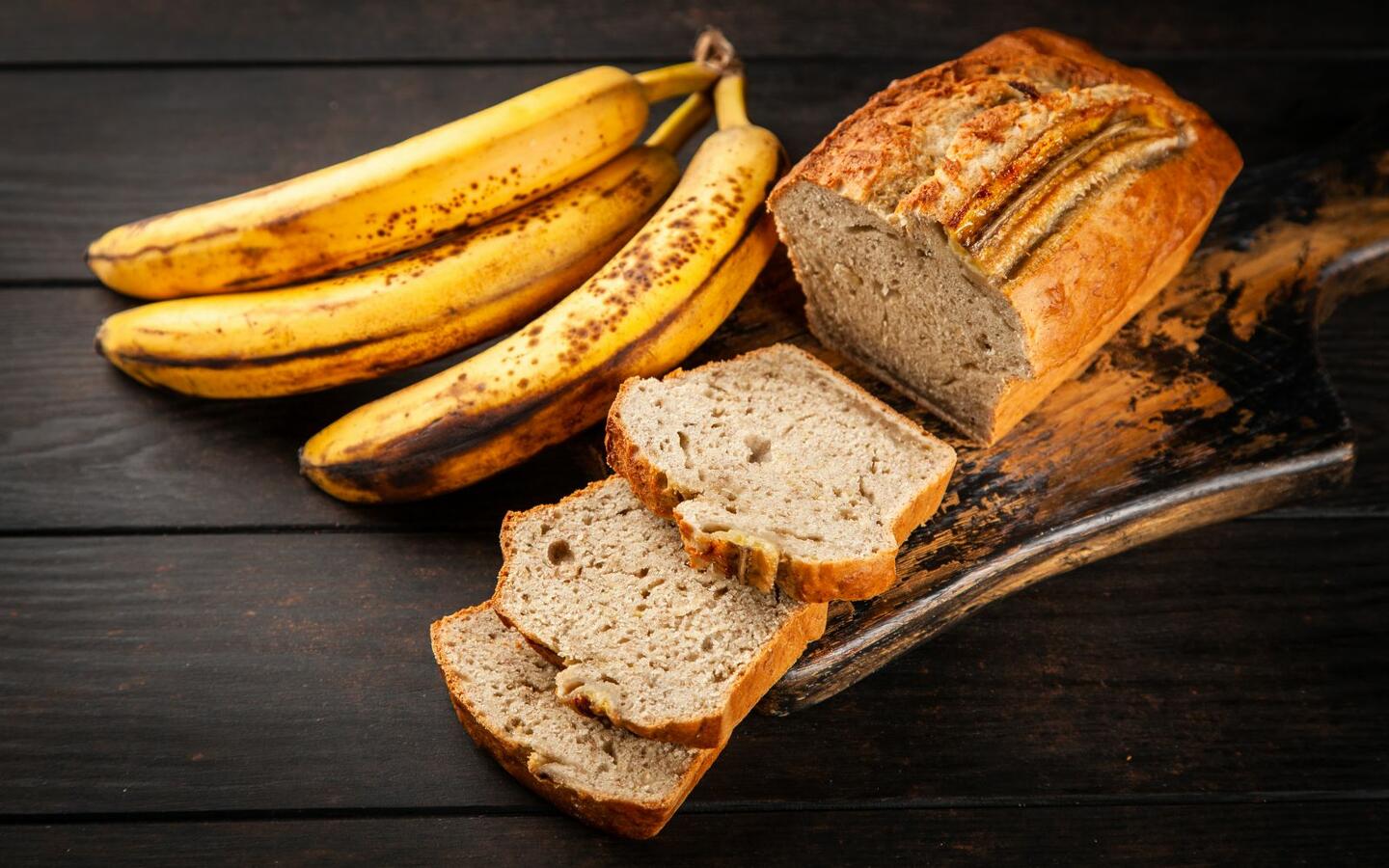

Pingback: Best Tires For Gravel Roads 2023 And Buyers Guide